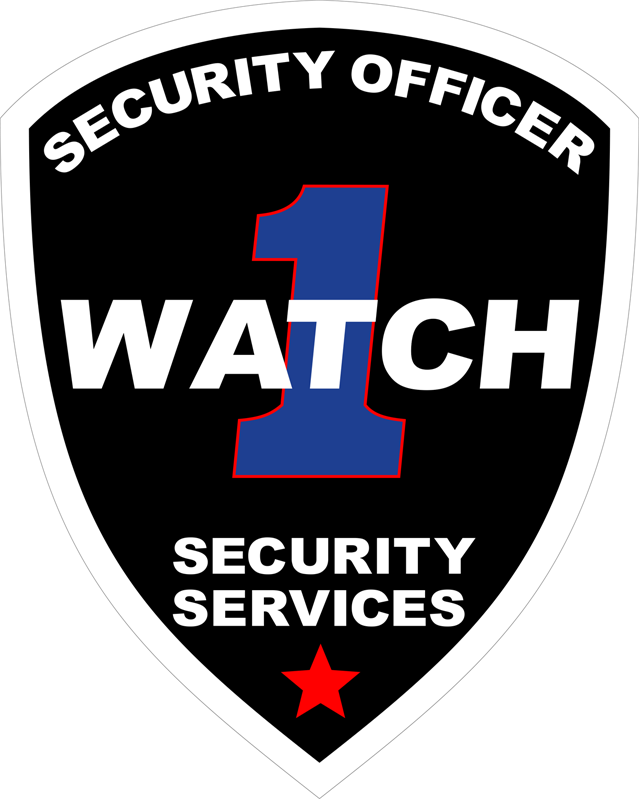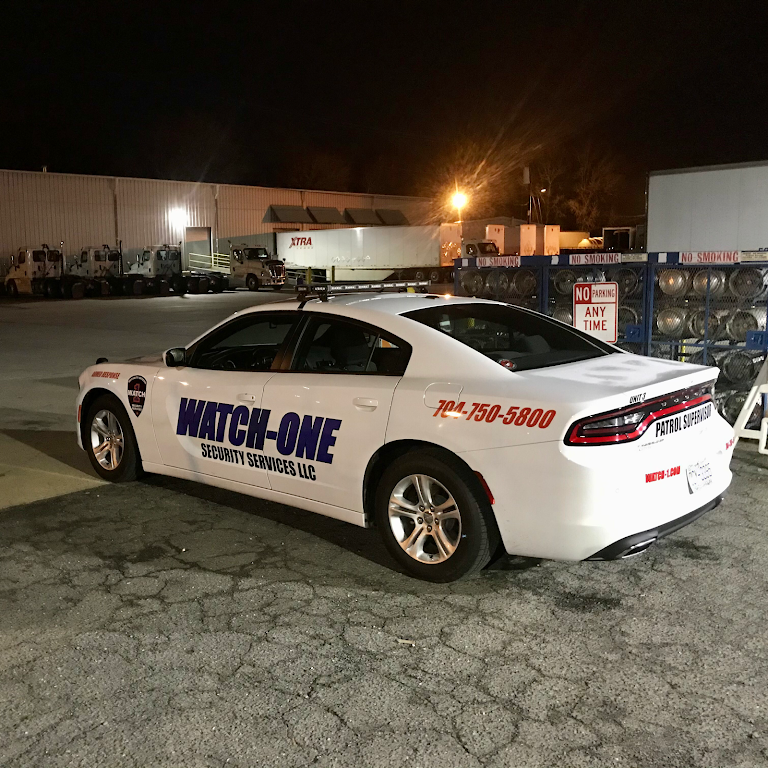As a retailer, ensuring the security of your establishment is crucial for protecting your assets and providing a safe shopping environment. When allocating budgets for retail security services, you must analyze the return on investment (ROI) to optimize resources strategically.
By examining key metrics related to loss prevention, customer experience, operational efficiency, and cost-benefit analysis, you can gain insights into the financial impact of your security investments.
Understand Why Measuring ROI Matters
Before assessing specific ROI metrics, it is vital to comprehend why an ROI analysis of retail security services is important. Determining the ROI allows you to evaluate the effectiveness of security measures objectively.
Plus, understanding the monetary implications enables you to make informed decisions when investing in security upgrades or additional services. Most importantly, quantifying the ROI helps you maximize security resources for an optimal balance between finances and protection.
Consider Sales Conversion Rates and Loss Prevention
Core metrics to analyze include the influence of security on sales conversion rates and loss prevention. Security protocols that provide confidence to shoppers typically enhance sales. You can determine sales correlated to security levels to gauge financial returns.
Simultaneously, measure reductions in inventory shrinkage from theft. Successful loss prevention directly protects product assets and profits.
Evaluate Increases in Customer Satisfaction
You can also estimate potential ROI through customer satisfaction surveys. Security services that contribute to shopper safety and comfort may increase loyalty and repeat business.
Analyze feedback and track repeat customers over time. Positively perceived security often translates into sustained revenues from returning patrons.
Assess Operational Efficiency and Employee Productivity
Productive day-to-day operations rely partially on security measures smoothly integrating into retail workflows. Assess protocols to ensure minimal disruption, then quantify resulting workflow efficiency.
Additionally, secure environments can increase employee productivity and performance through reduced stress. Evaluate staff output as a metric for security ROI.
Monitor Incident Response Times
The ROI of security teams depends hugely on timely incident response. Rapid notifications and crisis intervention can greatly minimize losses from events like theft.
Keeping response times low displays prepared crisis management and prevents escalations. Consistently monitor these metrics to maximize security agility.
Perform Cost-Benefit Analysis
No ROI assessment is complete without a comprehensive cost-benefit breakdown. Compare short and long-term security expenses to tangible benefits like sales numbers, loss prevention figures, and customer retention rates. Also, analyze sustainability by projecting costs over time against evolving retail risks. Favor scalable services with adaptable levels of support.
Conclusion
Regularly measuring the ROI of retail security services using metrics around operations, finances, and customer experience is key to optimizing investments. Assessments focused on maximizing response time, loss prevention and sales conversion enable you to strategically budget security protocols. This ultimately provides safer, yet cost-effective protection of your establishment. Committing to ROI analysis guarantees that security decisions align with overarching business objectives.


